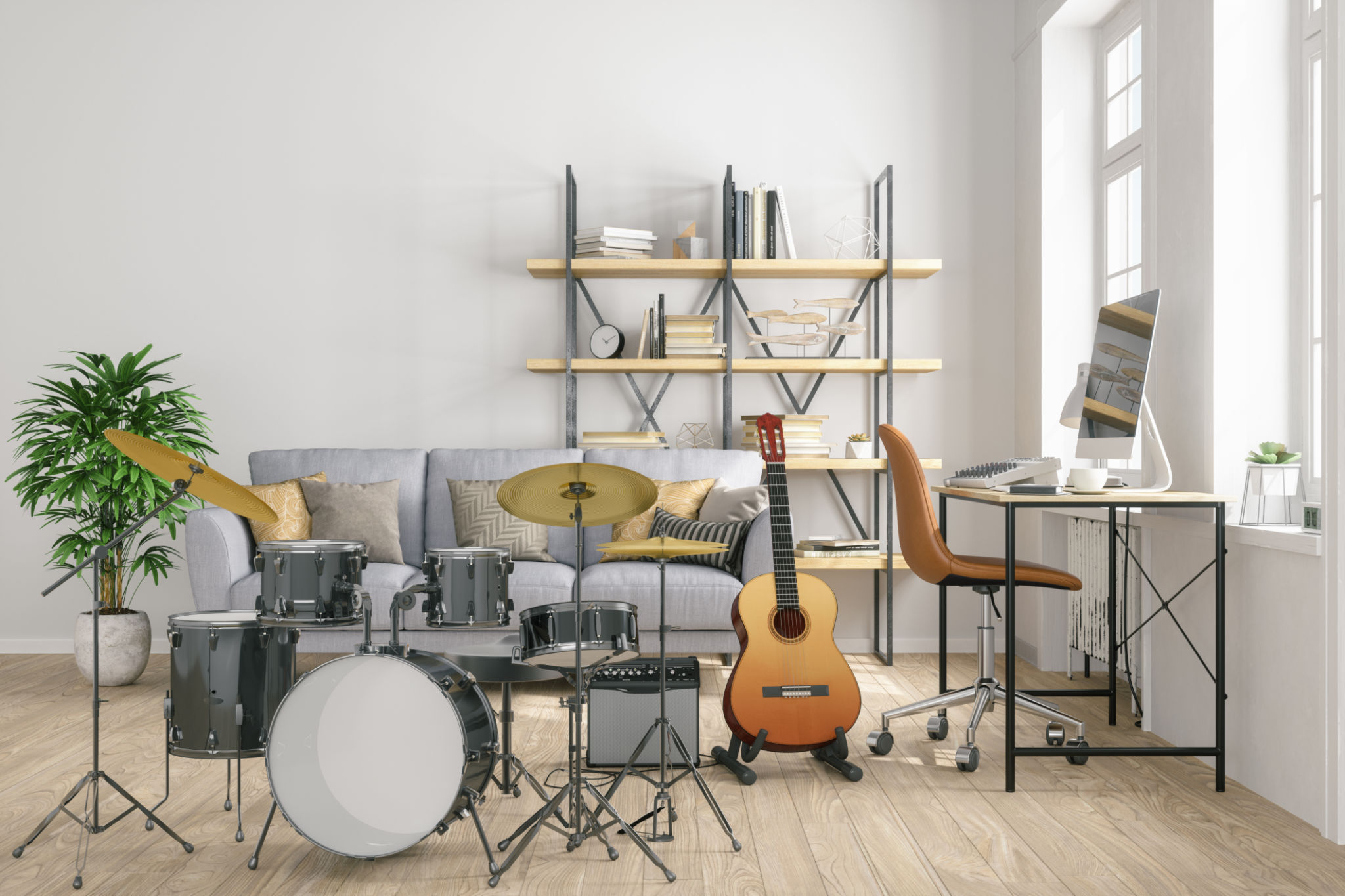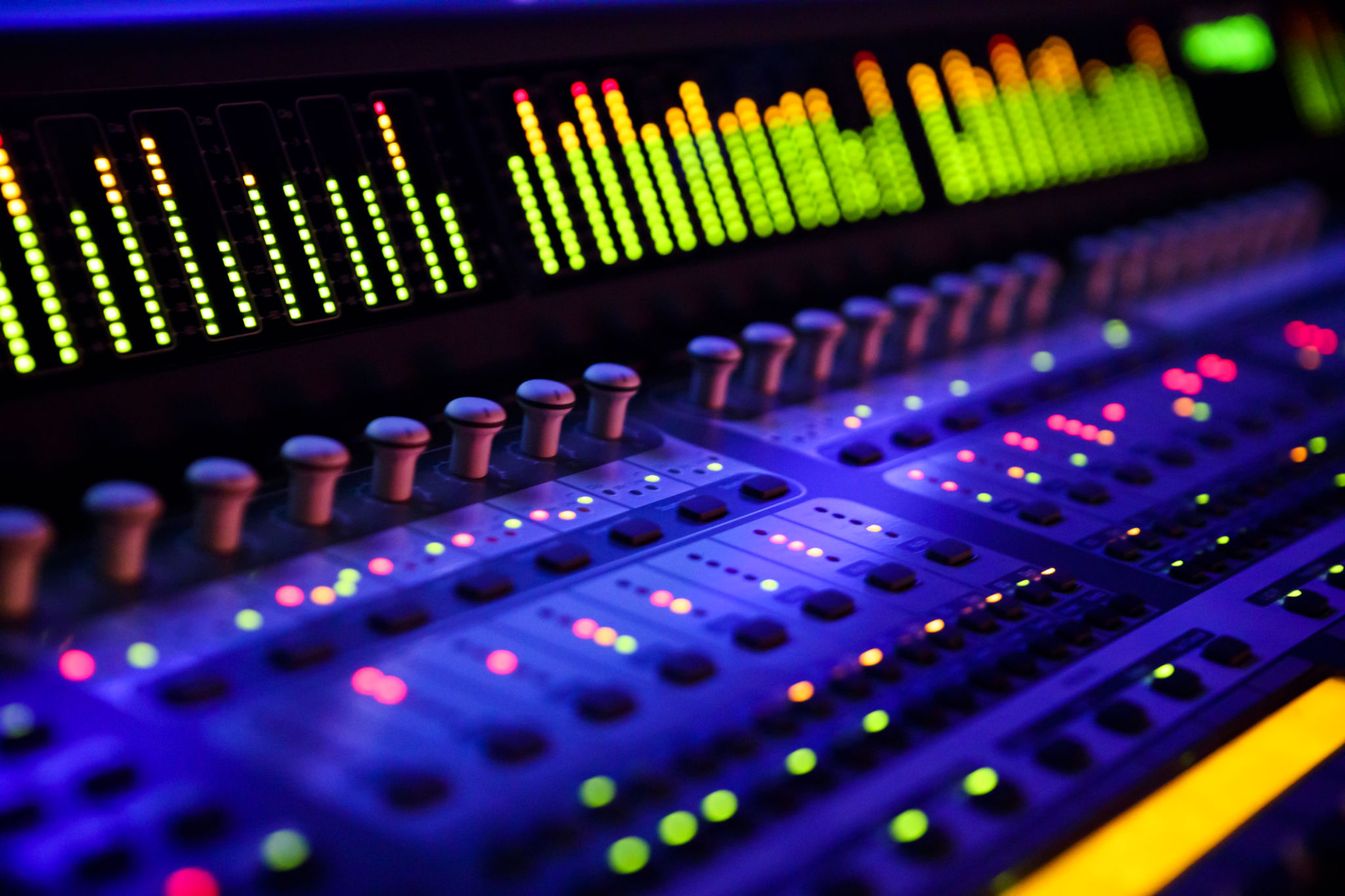Expert Tips for Achieving Studio-Quality Sound at Home
Understanding Your Space
Achieving studio-quality sound at home begins with understanding the acoustics of your space. Every room has unique characteristics that can affect sound quality, including its size, shape, and the materials used in its construction. Start by evaluating your room's acoustics and identifying potential challenges such as echo or excessive reverberation.
Consider using acoustic panels to reduce unwanted reflections and echoes. These panels are available in various materials and designs, allowing you to choose options that complement your home decor while enhancing sound quality. Additionally, strategically placing soft furnishings like rugs and curtains can further dampen sound reflections.

Selecting the Right Equipment
Investing in high-quality audio equipment is crucial for achieving professional-grade sound at home. Choose speakers and headphones that accurately reproduce sound without distortion. Studio monitors are an excellent choice for a more authentic sound experience, as they are designed to deliver flat frequency responses.
When selecting microphones, consider your primary use. For vocals, a condenser microphone might be ideal, whereas dynamic microphones are often preferred for instruments. Don't forget about audio interfaces; they are essential for connecting professional microphones and instruments to your computer, ensuring superior sound quality.

Setting Up Your Equipment
Proper setup of your audio equipment is essential to maximize its potential. Ensure your speakers are positioned at ear level and form an equilateral triangle with your listening position. This setup helps achieve the best stereo imaging and soundstage.
Use quality cables and connectors to prevent signal degradation. Poor-quality cables can introduce noise and interference, negatively impacting audio clarity. Regularly check connections to ensure everything is securely plugged in and functioning correctly.
Mastering Sound Mixing
Sound mixing is an art that requires both technical skills and a good ear. Start by balancing levels between different audio tracks, ensuring no single element overpowers the mix. Use equalization (EQ) to adjust the frequency balance, enhancing clarity and presence.
Incorporate compression to control dynamic range, ensuring that the quietest parts of your mix are audible while preventing the loudest sections from distorting. Reverb and delay can add depth and space to your sound, but use these effects sparingly to avoid a muddy mix.

Utilizing Software Tools
Leverage digital audio workstations (DAWs) for comprehensive sound editing and mixing. Popular options like Ableton Live, Logic Pro, and Pro Tools offer a wide range of features to refine your audio productions. Take advantage of plugins that simulate professional studio effects, expanding your creative possibilities.
Many DAWs offer tutorials and online communities where you can learn advanced techniques and troubleshoot common problems. Engaging with these resources can significantly enhance your skills and help you achieve studio-quality results from the comfort of your home.
Continuous Learning and Experimentation
The journey to achieving studio-quality sound is ongoing. Stay updated with the latest trends in audio technology and continuously refine your skills through experimentation. Join online forums or local groups to connect with other audio enthusiasts, sharing tips and experiences.
Remember that every sound production is unique, and what works for one project may not work for another. Embrace the creative process, trust your ears, and enjoy the art of crafting exceptional soundscapes at home.

